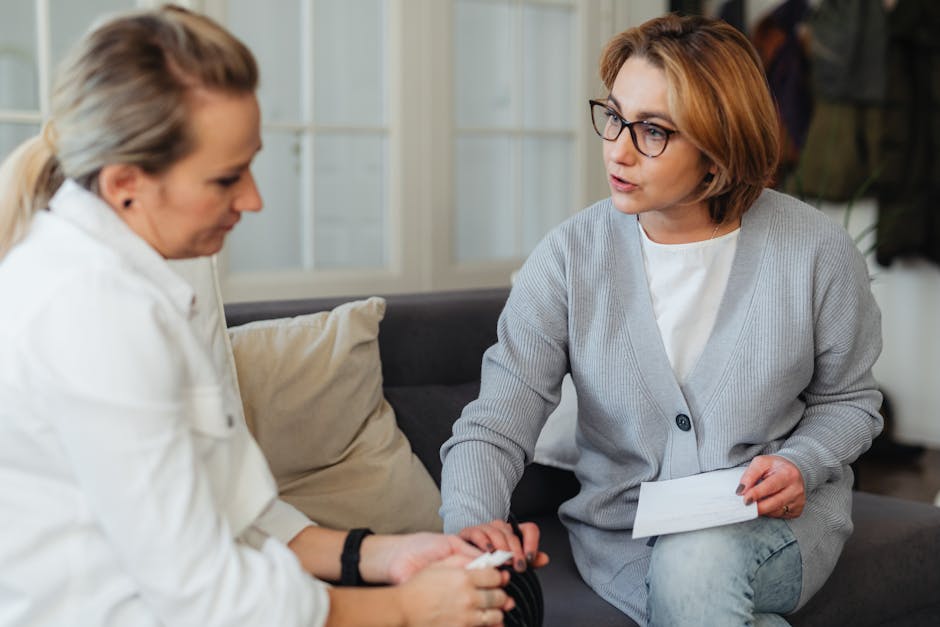How to Modify Your Home for Comfort After a Serious Injury
Recovering from a serious injury is a challenging journey that often requires significant lifestyle changes, including adjustments to your living environment. Creating a home that supports healing and accommodates new mobility needs is essential for comfort and recovery. In this comprehensive guide, we will explore practical ways to modify your home, ensuring it is safe, accessible, and conducive to your recovery process.
Understanding the Importance of Home Modifications
Home modifications are crucial for individuals recovering from serious injuries. According to the Centers for Disease Control and Prevention (CDC), falls are the leading cause of injury-related deaths among older adults, which highlights the importance of creating a safe environment. Proper modifications can help prevent accidents and promote independence, ultimately enhancing the quality of life.
Assessing Your Home’s Accessibility Needs
Before making any changes, it’s important to assess your home’s accessibility needs. Consider the following:
- Mobility Challenges: Identify areas in your home that may pose challenges, such as stairs, narrow doorways, or uneven flooring.
- Daily Activities: Evaluate how you perform daily activities and what modifications can ease these tasks.
- Professional Assessment: Consult with an occupational therapist or a home modification specialist for a detailed evaluation.
Essential Home Modifications for Safety and Comfort
1. Improve Entryway Accessibility
Ensuring easy and safe entry to your home is crucial. Consider the following modifications:
- Ramps: Install ramps with non-slip surfaces to accommodate wheelchairs or walkers.
- Widen Doorways: Expand doorways to at least 32 inches wide to ensure wheelchair accessibility.
- Handrails: Add sturdy handrails for support when navigating steps.
2. Enhance Bathroom Safety
Bathrooms are common sites for falls and should be modified for safety:
- Grab Bars: Install grab bars near the toilet, shower, and bathtub for added support.
- Walk-in Bathtubs: Consider a walk-in bathtub or a roll-in shower with a handheld showerhead.
- Non-slip Flooring: Use non-slip mats or flooring to prevent slips and falls.
3. Modify Kitchen for Accessibility
The kitchen should be both functional and safe. Here are some practical modifications:
- Lower Countertops: Adjust countertop heights for easy access from a seated position.
- Organize Essentials: Keep frequently used items within reach and organized.
- Automatic Faucets: Install touchless or lever-handled faucets for ease of use.
4. Create an Accessible Bedroom
Your bedroom should be a place of comfort and ease. Consider these changes:
- Bed Height: Ensure your bed is at a comfortable height for easy transfer.
- Clear Pathways: Maintain clear pathways for mobility aids.
- Adjustable Beds: Use adjustable beds to find optimal sleeping positions.
Technological Solutions for Enhanced Comfort
Incorporate technology to further enhance comfort and independence:
- Smart Home Devices: Use smart home devices like voice-activated assistants to control lighting, temperature, and security.
- Medical Alerts: Install medical alert systems to ensure quick access to emergency services.
- Remote Monitoring: Consider remote health monitoring tools for real-time health updates.
Financial Assistance for Home Modifications
Home modifications can be costly, but financial assistance is available:
- Insurance Coverage: Check if your insurance policy covers home modifications.
- Government Programs: Explore government programs such as Medicaid waivers or the VA Home Loans for Veterans.
- Nonprofit Organizations: Seek help from nonprofit organizations dedicated to assisting those with disabilities.
Conclusion
Modifying your home for comfort after a serious injury is a critical step in your recovery journey. By addressing accessibility needs and implementing necessary changes, you can create a safe and supportive environment that promotes healing and independence. Whether through structural modifications, the integration of smart technology, or financial aid, there are numerous resources and strategies available to assist you. Take proactive steps today to ensure your home is a place of comfort and security as you focus on your health and well-being.
For more information and resources, visit CDC: Adult Falls and NIA: Home Safety Tips.

